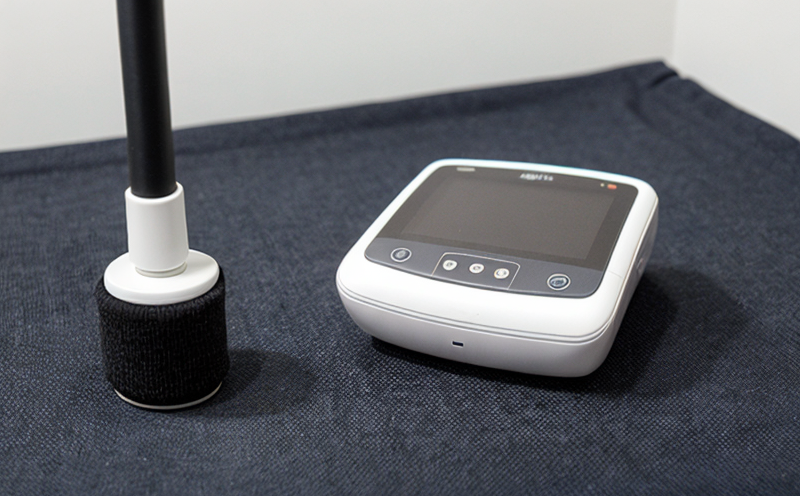DIN 54345 Thermal resistance testing of functional apparel
The DIN 54345 standard is a crucial tool in the quality assurance process for functional apparel, particularly those designed to provide thermal comfort or protection against extreme weather conditions. This method specifically addresses the thermal resistance properties of fabrics used in such garments. Understanding and adhering to this testing protocol ensures that products meet specified performance criteria, thereby enhancing user satisfaction and safety.
The standard is applicable across various sectors including outdoor sports, military, construction, and personal protection equipment (PPE). For instance, athletic gear designed for high-intensity activities needs fabrics that can regulate body temperature effectively. Similarly, PPE used in cold environments must have sufficient thermal resistance to prevent heat loss. Compliance with DIN 54345 ensures that these garments perform optimally under diverse environmental conditions.
Thermal resistance testing involves subjecting fabric samples to controlled temperature and humidity levels while measuring the heat flow through them. The goal is to determine how well a material can insulate against heat transfer, which directly impacts the comfort and safety of wearers. This testing method is particularly vital for functional apparel where thermal regulation plays a significant role.
In practice, specimens are cut from fabric rolls following precise dimensions specified in DIN 54345. These samples undergo conditioning before being placed between heated and cooled plates within the test chamber. The temperature difference between these plates simulates real-world conditions experienced by users wearing functional apparel. Sensors measure the heat transfer rate across the sample, providing data on its thermal resistance.
The results of this testing are used to classify fabrics according to their thermal resistance levels. This classification helps manufacturers and buyers choose appropriate materials for specific applications. For example, a garment intended for use in harsh winter climates would require higher thermal resistance ratings compared to one designed for milder conditions. By ensuring that products meet or exceed the required standards set by DIN 54345, companies can enhance their reputation for producing reliable and safe functional apparel.
Compliance with this standard also offers several benefits beyond mere regulatory adherence. It enhances product performance, improves user satisfaction, and fosters innovation within the textile industry. Manufacturers who adopt rigorous quality control measures based on DIN 54345 tend to see improvements in fabric durability, wearability, and overall customer experience.
- Enhanced product reliability
- Better user satisfaction
- Increased market competitiveness
- Improved innovation capabilities
- Stronger regulatory compliance
- Higher consumer trust
Why It Matters
Incorporating DIN 54345 into the quality assurance process has far-reaching implications for both manufacturers and end-users of functional apparel. For manufacturers, it provides a standardized approach to evaluating fabric performance, ensuring that all batches meet stringent thermal resistance requirements consistently. This consistency leads to improved product reliability and reduces the risk of batch-to-batch variability.
For consumers, compliance with this standard translates into safer and more effective products. Functional apparel designed according to DIN 54345 standards ensures that wearers are protected from excessive heat loss or gain in various environments. This is especially important for individuals working in extreme conditions like firefighters or soldiers operating in cold climates.
Moreover, adherence to these testing protocols helps build brand reputation and trust among consumers who value safety and quality above all else. It demonstrates a commitment to excellence that resonates positively with environmentally conscious buyers looking for sustainable solutions.
Applied Standards
DIN 54345 is part of the broader family of standards related to textile performance testing. It aligns closely with international norms such as ISO standards, which cover various aspects of textile manufacturing and quality assurance. By incorporating DIN 54345 into their processes, companies ensure that they are meeting not only regional but also global expectations regarding functional apparel.
The standard specifies detailed procedures for measuring thermal resistance using a guarded hot plate apparatus. It provides clear guidelines on sample preparation, testing conditions, and data analysis techniques. These precise instructions help eliminate subjectivity in test results, making them more reproducible and reliable across different laboratories and jurisdictions.





